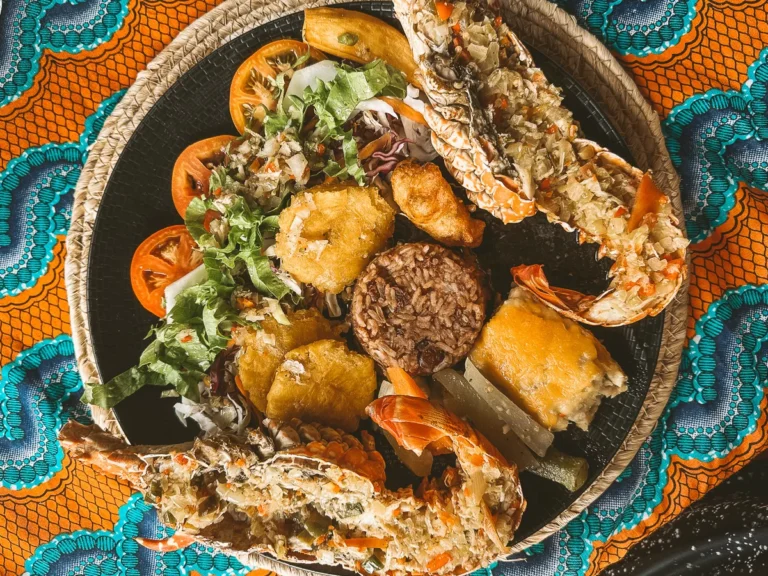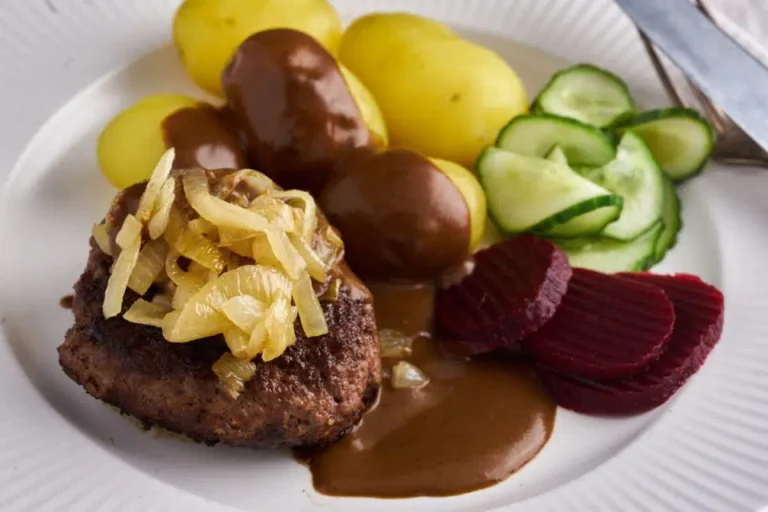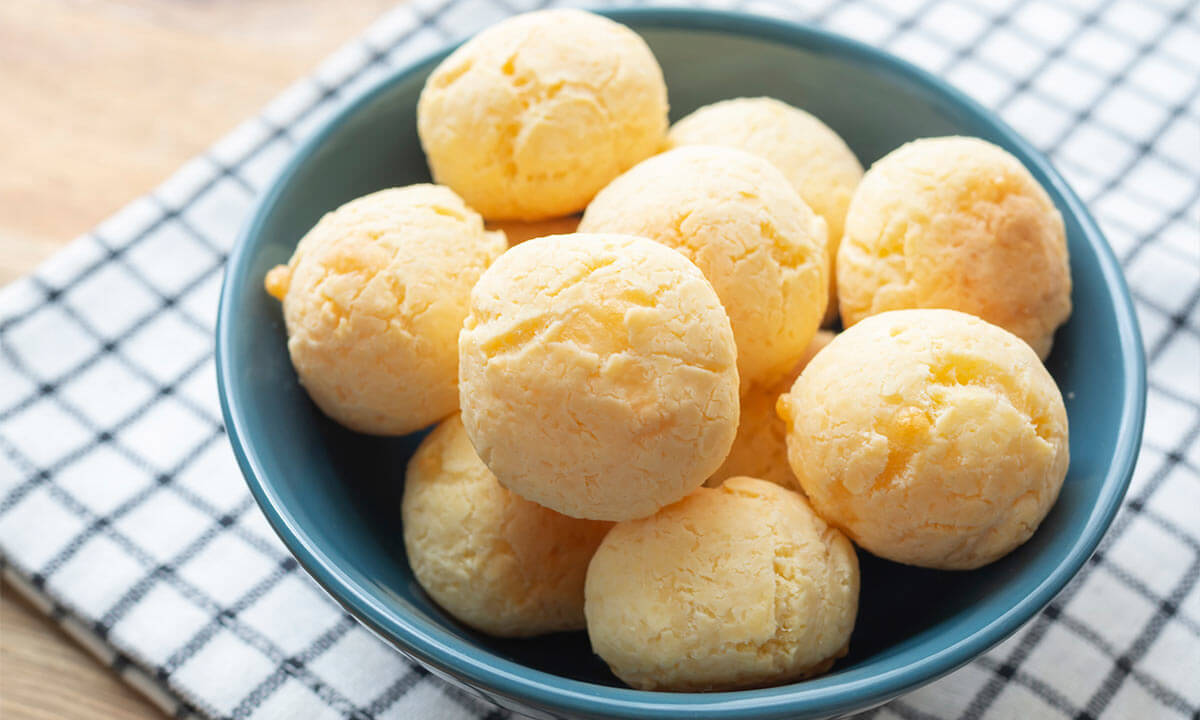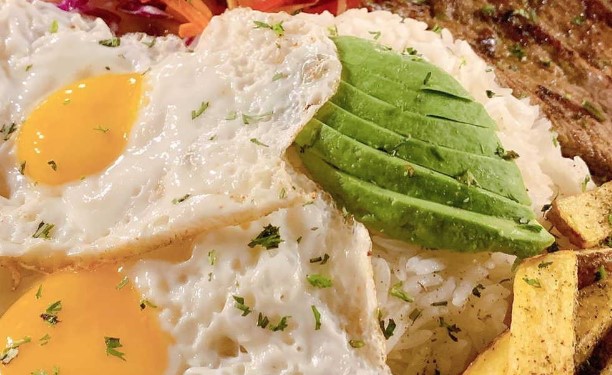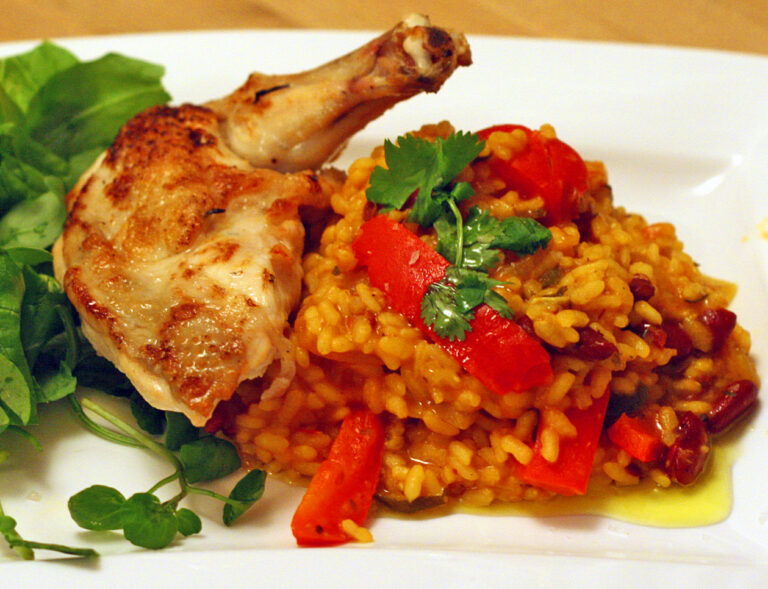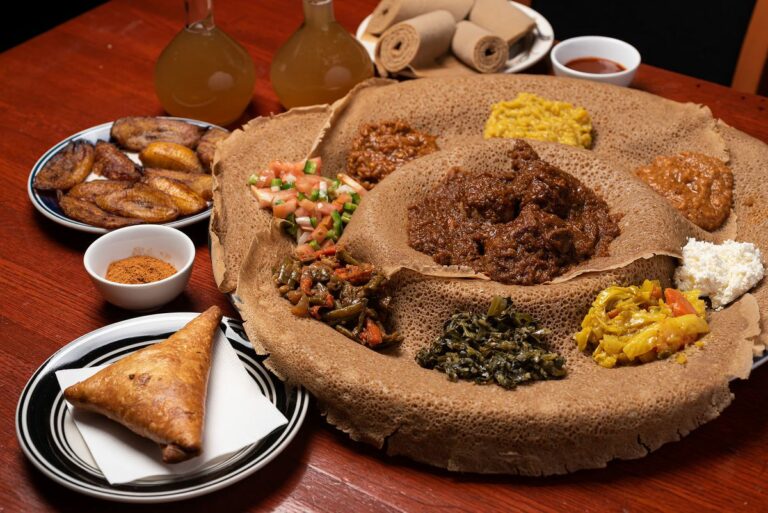Introduction: Understanding Dominican cuisine
Dominican cuisine is a fascinating blend of African, Spanish, and Indigenous influences, making it one of the most diverse and flavorful cuisines in the Caribbean. The Dominican Republic is known for its fresh seafood, tropical fruits, and starchy root vegetables that form the backbone of Dominican cuisine. The country’s cuisine is famous for its unique combination of sweet, sour, and savory flavors, making it a paradise for food lovers.
The use of spices in Dominican cooking
Dominican cuisine is not as spicy as other Caribbean cuisines, but it still uses a wide range of spices to enhance the flavor of dishes. The use of spices such as oregano, cumin, coriander, and garlic are common in many Dominican dishes. However, the heat level of Dominican cuisine is not as intense as that of other Caribbean dishes. Instead, Dominicans tend to use milder spices in combination with other strong flavors to create a well-balanced dish.
Dominicans’ love for flavor and heat
Dominicans love their food to be full of flavor and heat. While Dominican cuisine may not be as spicy as other Caribbean cuisines, Dominicans are known to add hot sauce, chili peppers, and other spicy condiments to their food to add a kick of heat. Dominicans believe that food should be enjoyed, and spicing it up is one way to add flavor and excitement to a dish.
Popular spicy Dominican dishes
Some of the most popular spicy dishes in Dominican cuisine include Chicharrón, a crispy pork dish seasoned with garlic and vinegar, and Mofongo, a mashed plantain dish mixed with garlic, olive oil, and pork cracklings. Other popular spicy dishes include Pica Pollo, a spicy fried chicken dish, and Pescado Frito, a fried fish dish seasoned with garlic and lime.
Balance of flavors in Dominican cuisine
Dominican cuisine is all about balance. While some dishes can be spicy, they are also sweet, sour, and savory. Dominicans use a combination of fresh herbs, citrus fruits, and other ingredients to balance out the heat in a dish. In Dominican cuisine, it is essential to balance all the flavors to create a well-rounded and flavorful dish.
Regional variations in spiciness
The spice level in Dominican cuisine varies from region to region. In the southern regions of the country, dishes tend to be spicier, while in the northern regions, dishes tend to be milder. Coastal areas tend to use more seafood, while inland areas use more root vegetables and meats.
Common ingredients that add heat to dishes
Some common ingredients that add heat to Dominican dishes include scotch bonnet peppers, chili powder, hot sauce, and oregano. These ingredients are used in moderation to add a subtle kick of heat to the dish without overpowering the other flavors.
Tips for experiencing Dominican cuisine’s spice level
If you are new to Dominican cuisine, it’s best to start with milder dishes and gradually work your way up to spicier dishes. When dining out, ask your server for recommendations on which dishes are spicy and which are not. It’s also a good idea to have a glass of milk or a slice of bread handy to help cool down the heat if a dish is too spicy for you. Overall, Dominican cuisine is an explosion of flavors that you don’t want to miss.

